
Tom Gilmartin
Leadership
Instructor
Creative Director
Executive
Marketing


Weaving Magic Through Light and Colors
DJ Cleland-Hura: Like most children, when I was younger, I loved to draw. I have always enjoyed observing our world, especially nature, and by drawing, I learned to see better. In university, I studied industrial design, painting, and sculpture. This combination helped me learn how to approach a project from a design point of view, understand three-dimensional form and the interplay with light and shadow, and finally render the illusion in two dimensions.
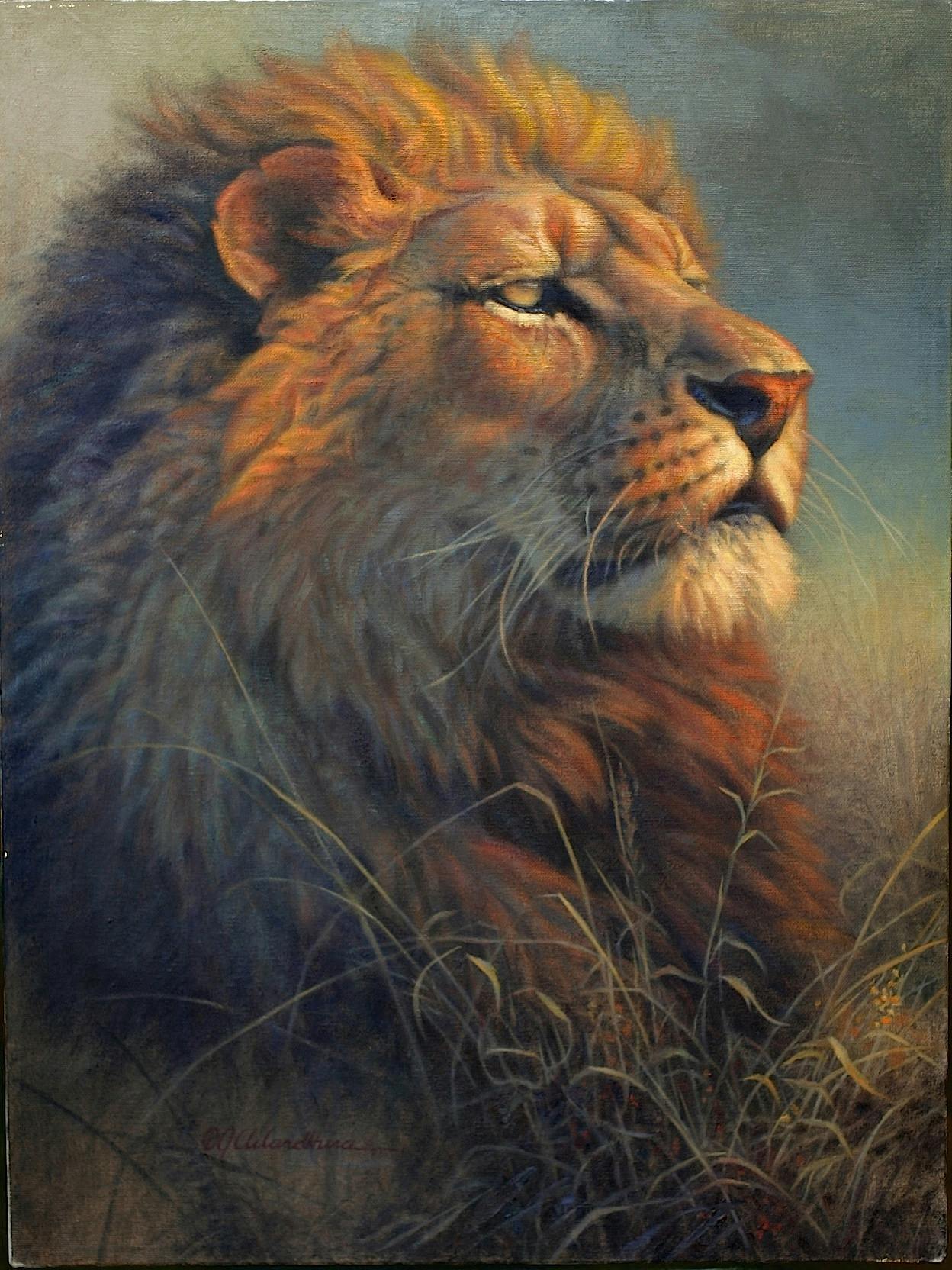
Over time, these practices have become intuitive, allowing me to focus on the emotion and mood of a given piece. I am interested in the pursuit of beauty and creating meaningful, inspirational work, and my art has allowed me to hone traditional skills to visually problem solve, help tell stories, and share my observations and visions with others.
DJ Cleland-Hura: Nature is a great muse! It gives us infinite possibilities of taking it apart and putting back together again. Understanding light and form, color and pattern are lifelong endeavors. Along the way, I have been inspired by the work of many artists. I am fortunate to call many of them friends, with whom I have shared insights and inspiration.
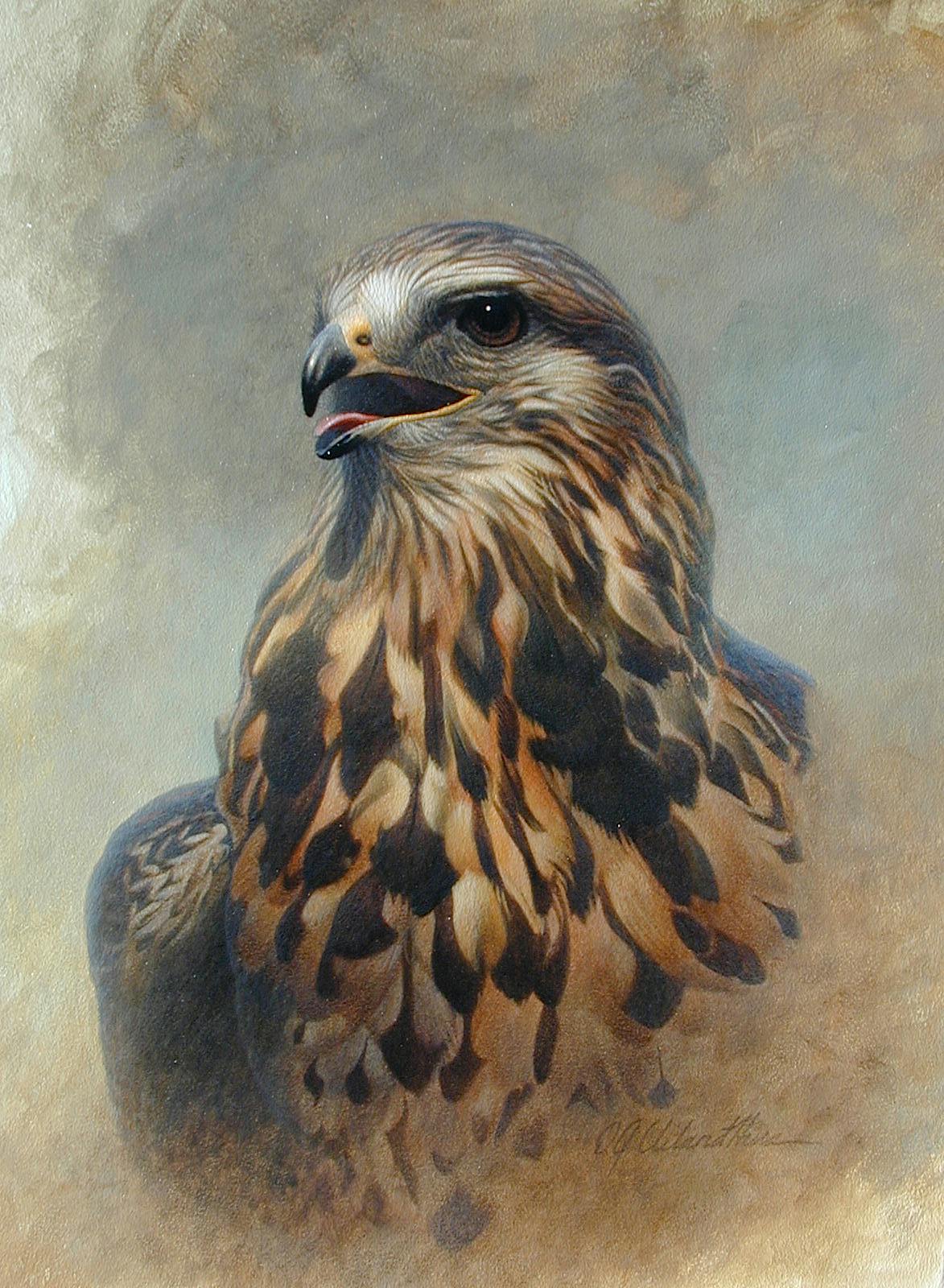
Robert Bateman was my introduction to art as a way of life, and his depictions of our natural world inspire me. Good friends Randal Dutra and Jean-Baptiste Monge are consummate multi-hyphenate craftsmen, both living the artist’s life authentically. I’m also heavily inspired by the work of Raymond Harris-Ching, Bruno Liljefors, Joaquin Sorolla, and Anders Zorn, but honestly, there are too many to list. My ultimate muse is my beautiful, incredibly talented wife and life partner, Jerrica Cleland.
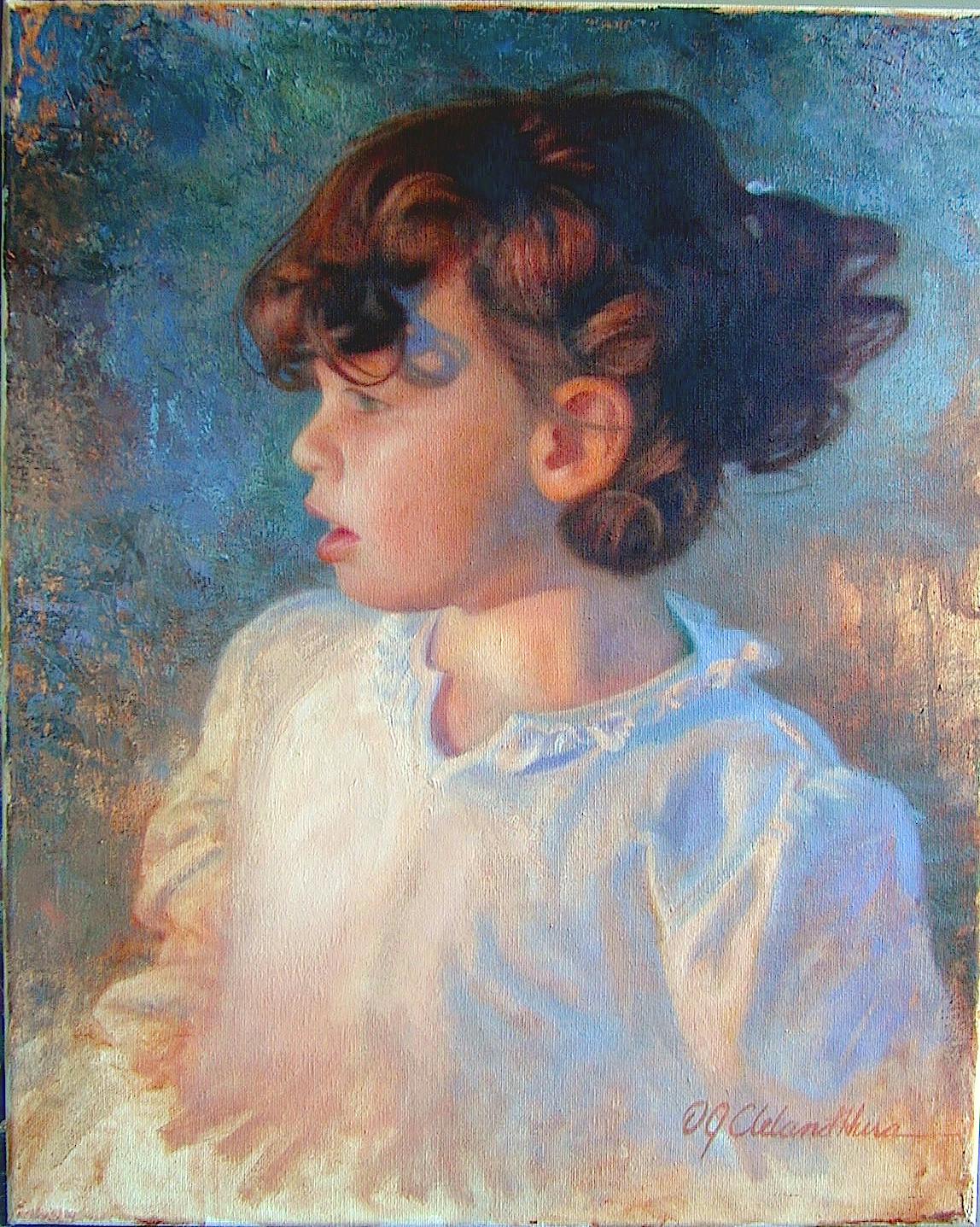
DJ Cleland-Hura: My first love was graphite. I enjoy the tactile sensation as the pencil glides on the surface and the combination of graphite’s versatile simplicity and immediacy. My experience in black and white allowed me to develop a deep understanding of value and technique. Later, I explored acrylics, oils, woodcarving, sculpting in clay, and digital.
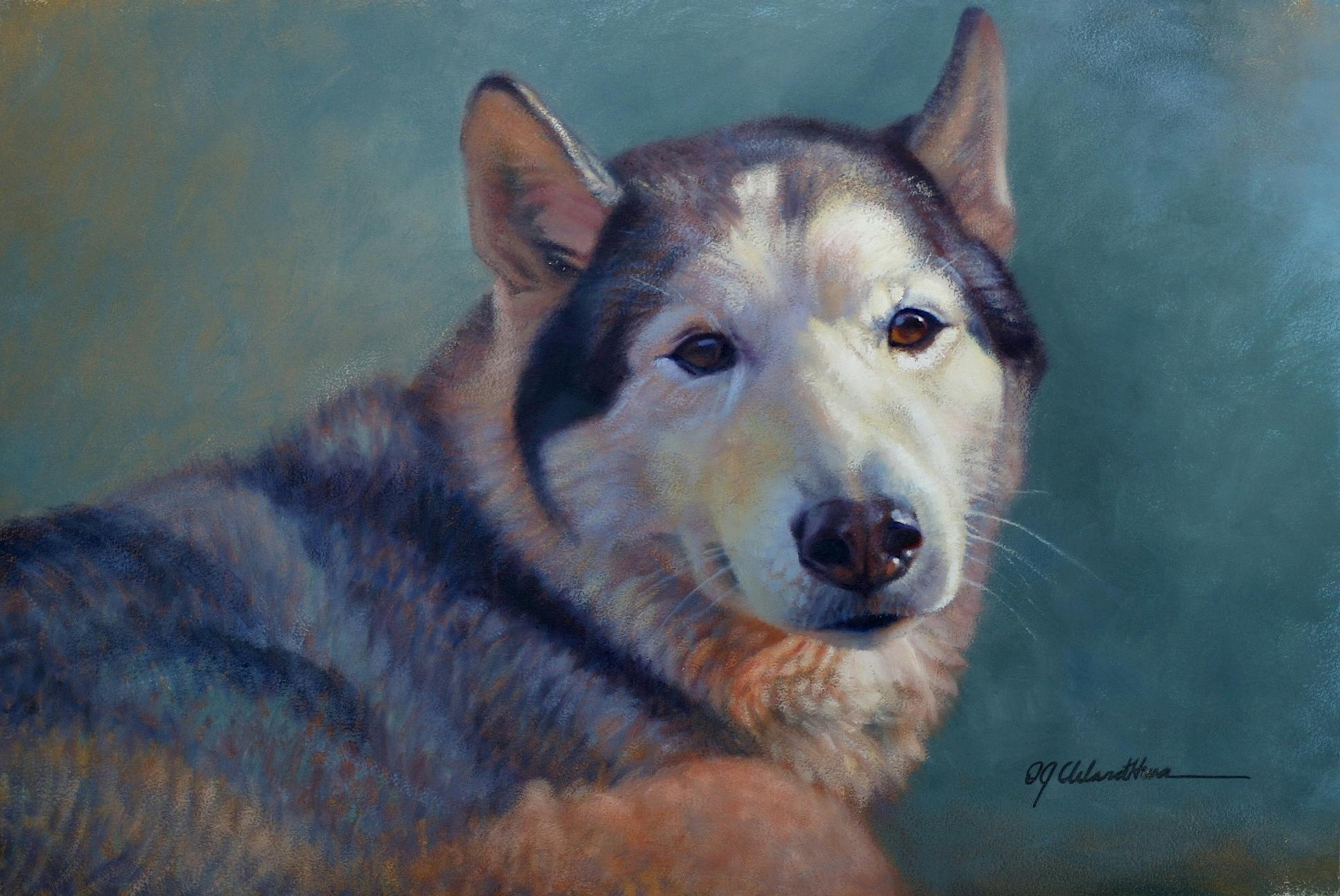
Currently, I am more interested in the final image than the means to get there; hence, I am happy to begin a piece in analog and then transfer the process to digital. I try to gain experience in as much media as possible in both 2D and 3D while concentrating on solid traditional skills. While technology is terrific, it can never replace the ability to see and edit your vision; this comes only through rigorous practice. Like an athlete or musician, practice the fundamentals, cross-train, and make your skills intuitive so you can concentrate on what you say as much as how you say it.

DJ Cleland-Hura: How we perceive light is an important factor since one requires a proper understanding of light’s working and its role in color perception since, without this understanding, it is impossible to create the illusion of space in two dimensions.
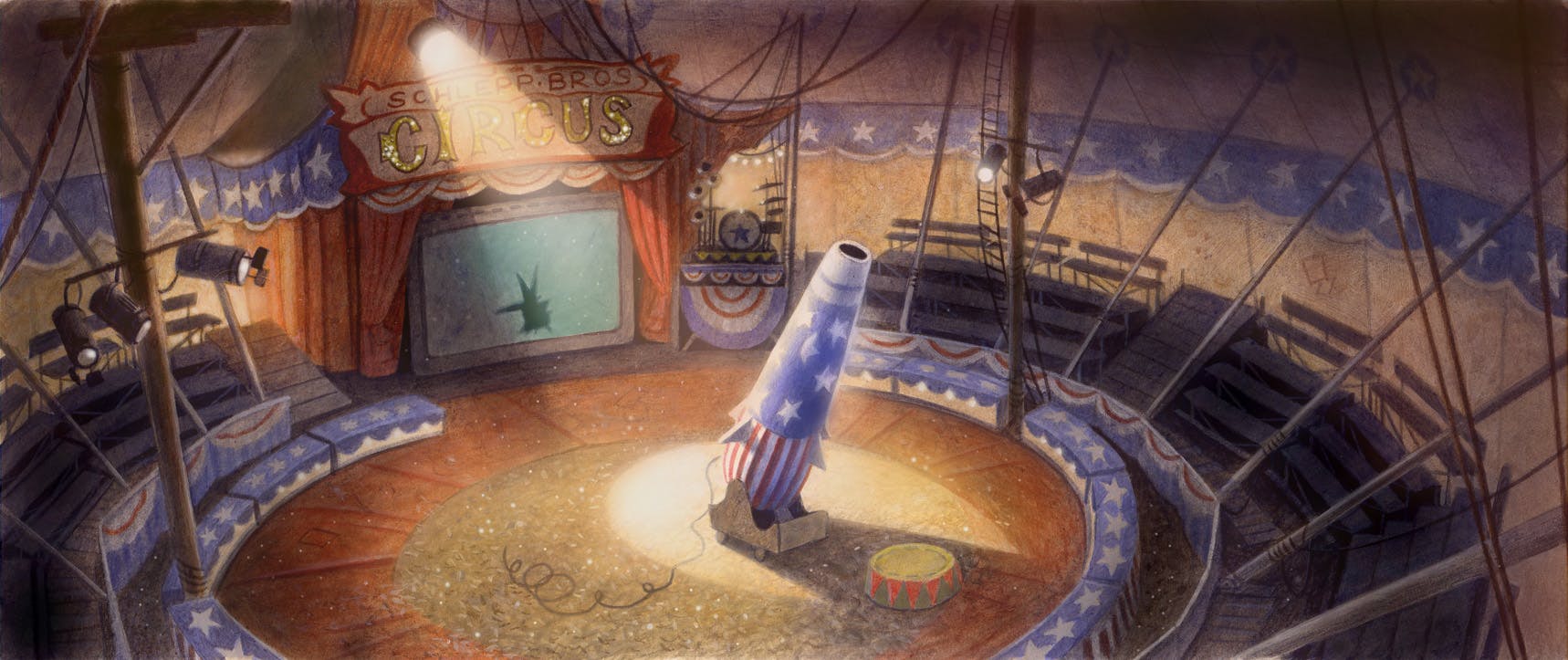
The quality and strength of light, the placement of light sources, and environmental factors such as atmosphere and surface play a key role in how we see light. Choosing how to light a scene allows us to convey mood and emotion, emphasize forms and key focal points within our composition, and hopefully create a sense of space and time. We can even bring mystery and discovery into our work through mindful editing of light.
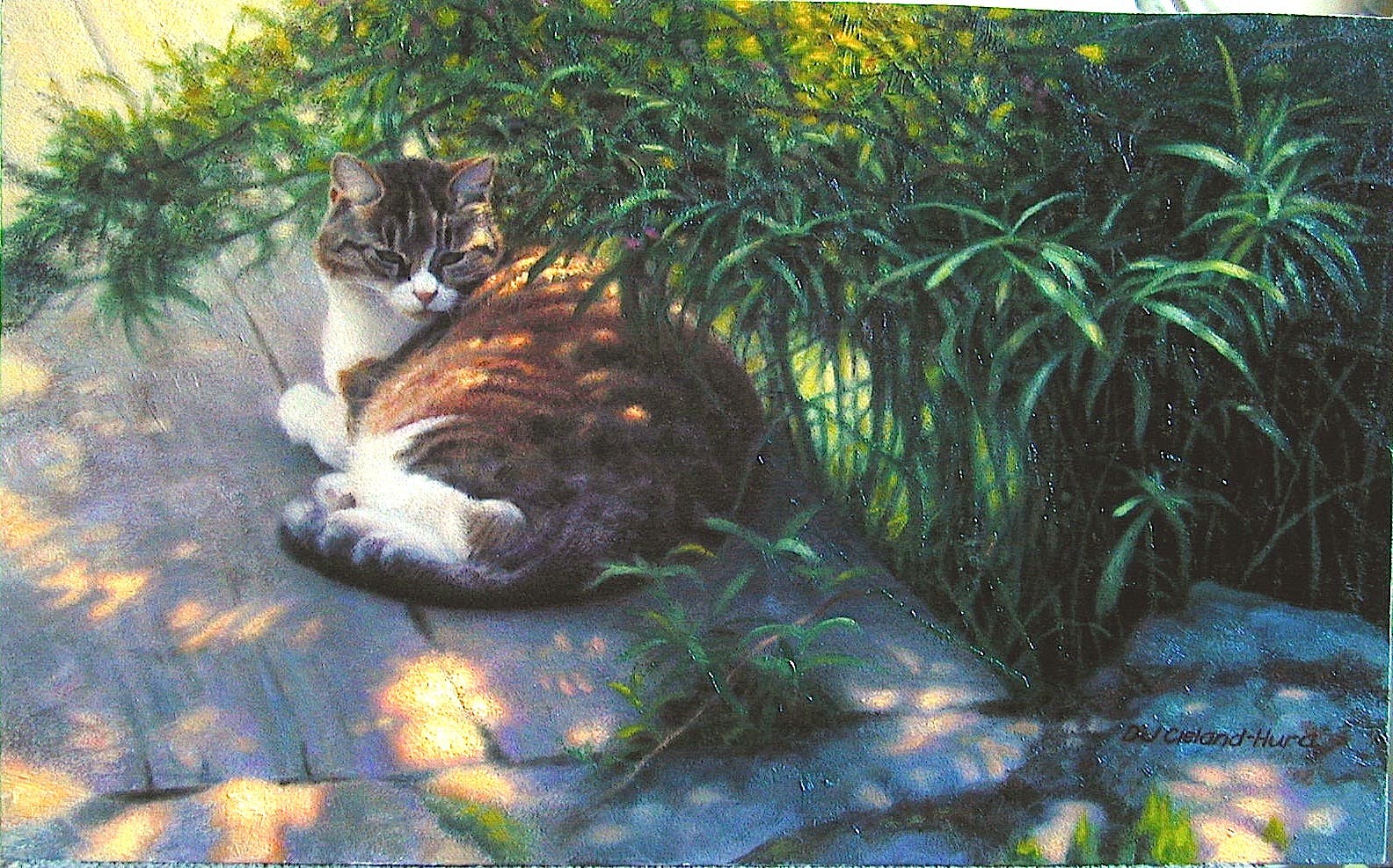
DJ Cleland-Hura: The most important factor is always the story. Everything we do is in service to help narrate the best version of any given story. It is imperative to understand the story, its needs, and its vision and work towards it. It is easy to get sidetracked by new ideas that challenge our focus. When this happens, it is essential to stay true to the story that you’re narrating.
Some ideas will change the direction along the way; other ideas might have to wait for a different story. As production designers, we are trying to create a framework, a structured set of boundaries, within which we can tell the story visually. Concept artists, try to exhaust as many possible solutions within that structure. As art directors, we try to hold the entire vision and make sure the result looks singular, cohesive, and unified.
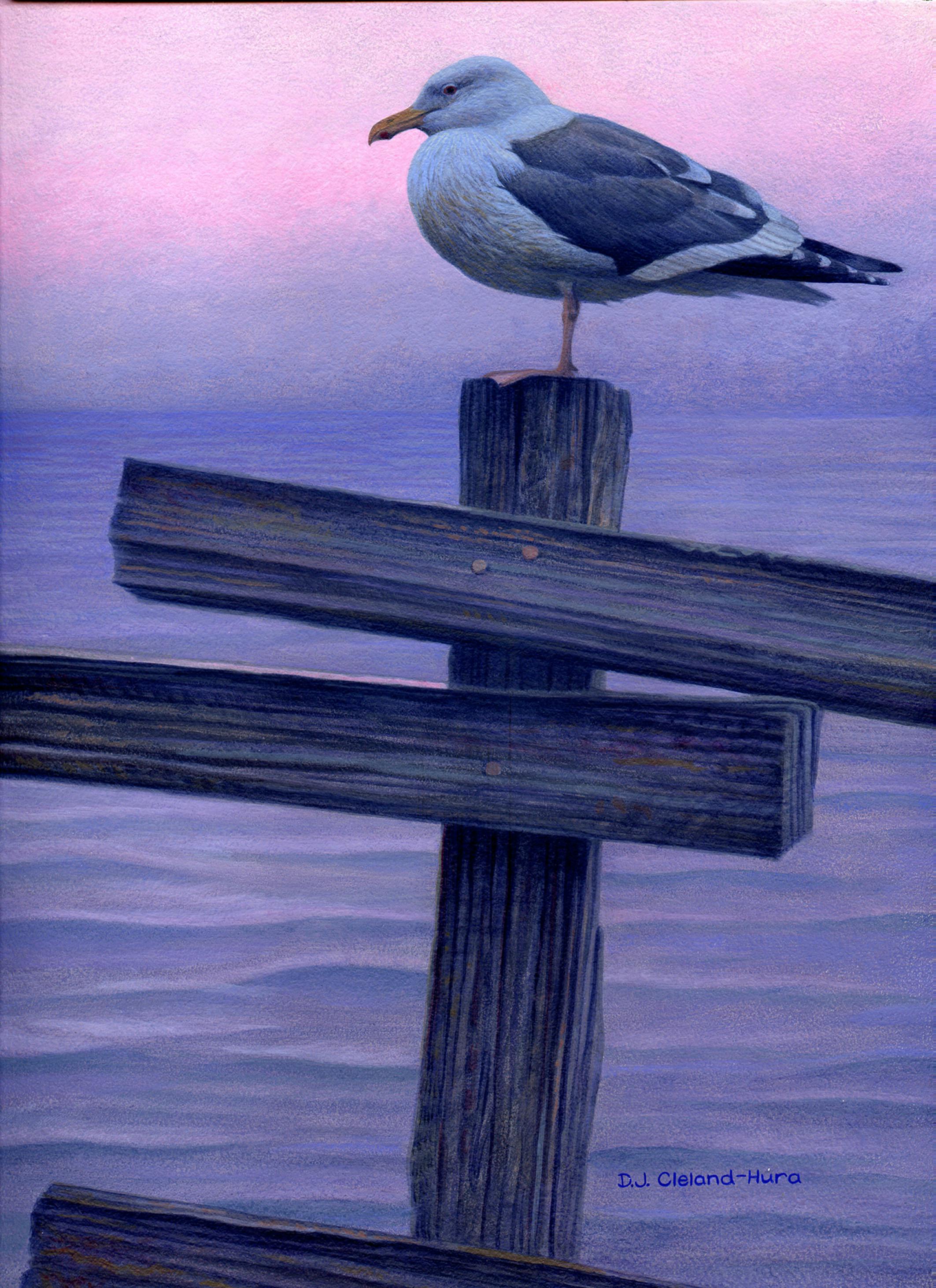
DJ Cleland-Hura: A color’s primary purpose is to help set the mood and emotion of an image or scene. We react viscerally to colors and, the audience responds to visual content based on how the colors are designed. Colors also have practical uses. They can be used to create compelling images that provide sophisticated and subtle visual delivery. It can guide the viewer’s eye to the essential elements in the design or help create balance or distortion in the composition.
On a subliminal level, colors can generate symbolism and cultural importance. When I work with colors in different media, my process is fluid as I don’t distinguish between physically mixing paint or color-picking pixels. The advantage of digital is that it provides the ability to quickly adjust the entire image, examine variations, and make large-scale fixes.
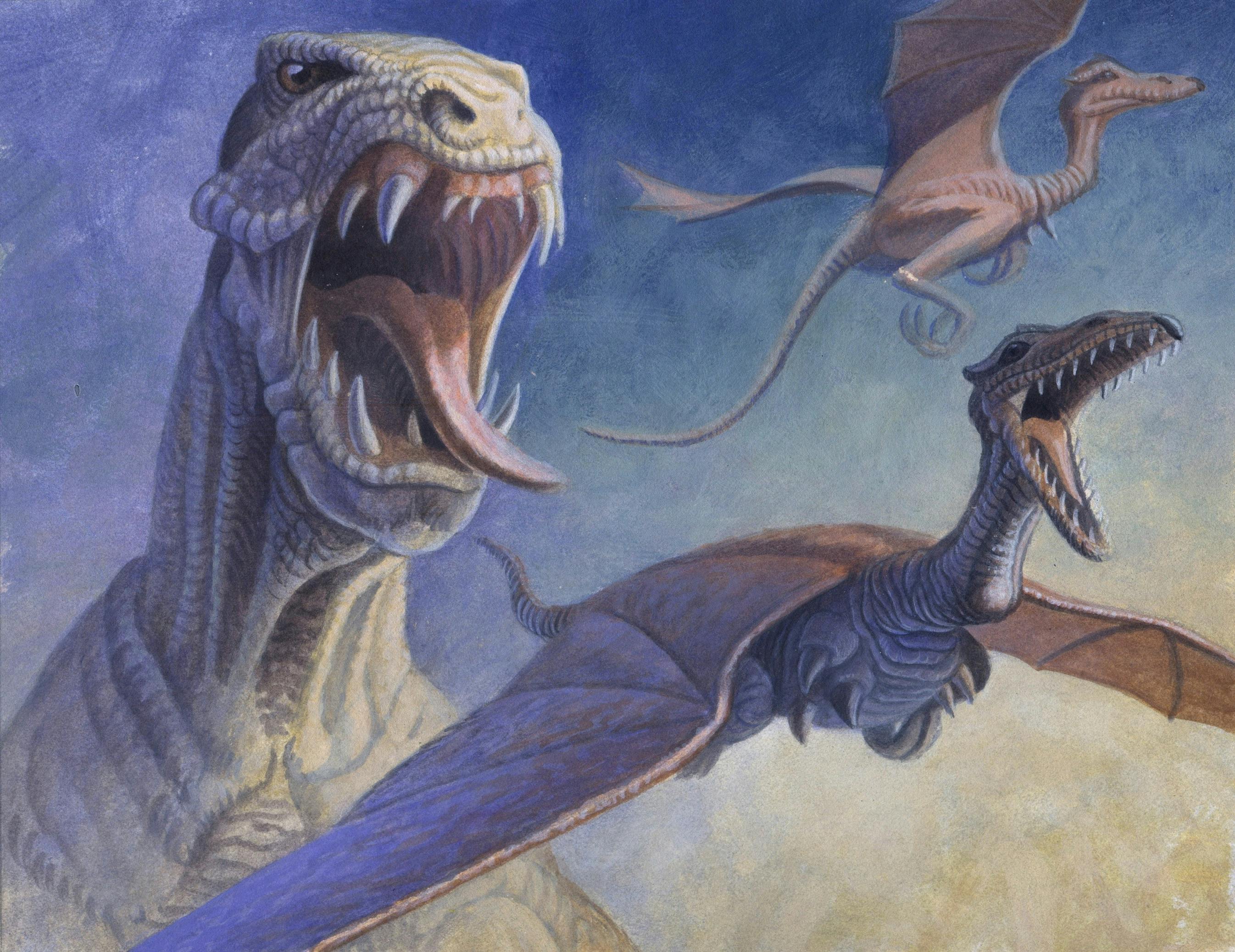
DJ Cleland-Hura: This is an excellent example of how visual design, and especially color, takes its cues from the story. For “Finding Nemo”, it was vital for the audience to connect with Nemo from the beginning. To accurately narrate Nemo’s story, it was necessary to establish the warmth and positivity of his home reef as a safe environment. This allows us to create the required visual contrast to move the story into other emotions.
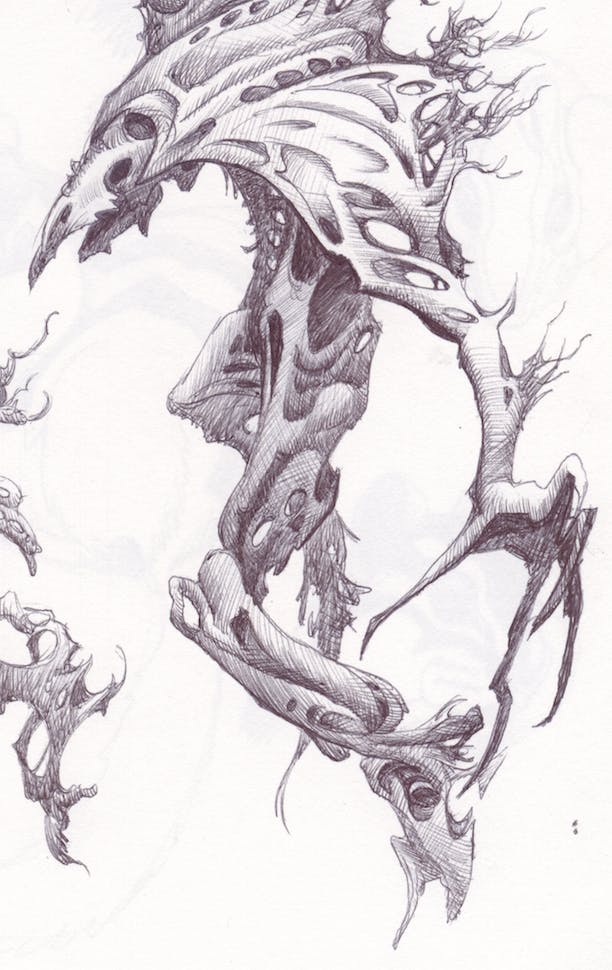
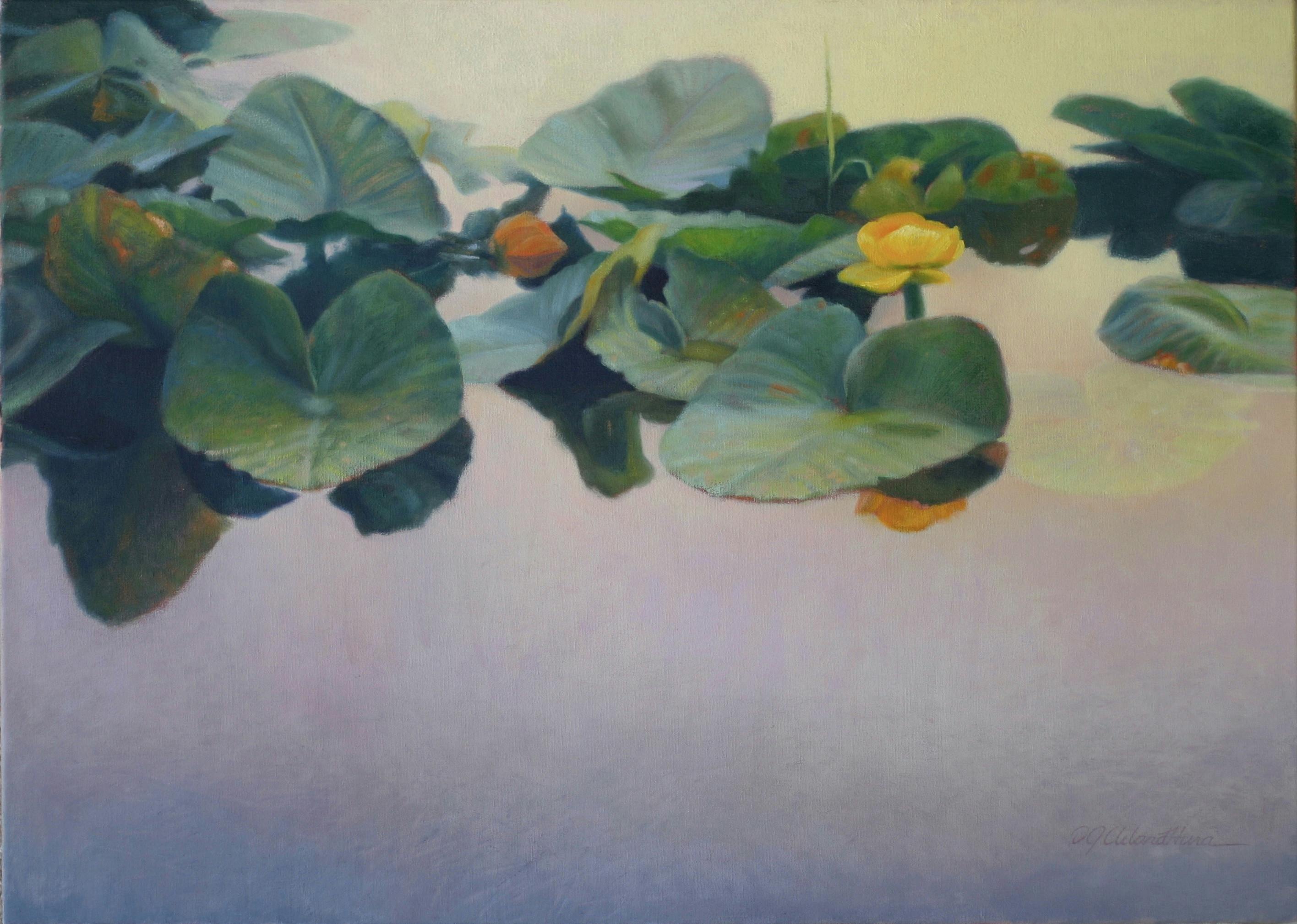
We can slowly move from a rich, warm, saturated color palette into an increasingly limited, cooler, desaturated palette. Visually we can promote a sense of fear, sadness, and hopelessness that our characters experience and narrate a satisfying story. One of the main design concerns was making sure that Nemo and his father would always be easily seen at any given time, especially when they are small in composition.
We needed a species that naturally contrasts with the cool, dominant colors underwater, especially as we go deeper. Orange complements blue, so that made sense. However, orange also desaturates to neutral grey very quickly underwater, so it was necessary to have another kind of contrast. The black and white stripes of the clownfish made it a perfect choice.
DJ Cleland-Hura: It is challenging to answer this, as each piece has its own set of visual requirements and serves a unique purpose. That being said, every once in a while, a solution arises that feels like it is “the one”. This probably happens more often with my fine art paintings that have fewer outside restrictions on them.
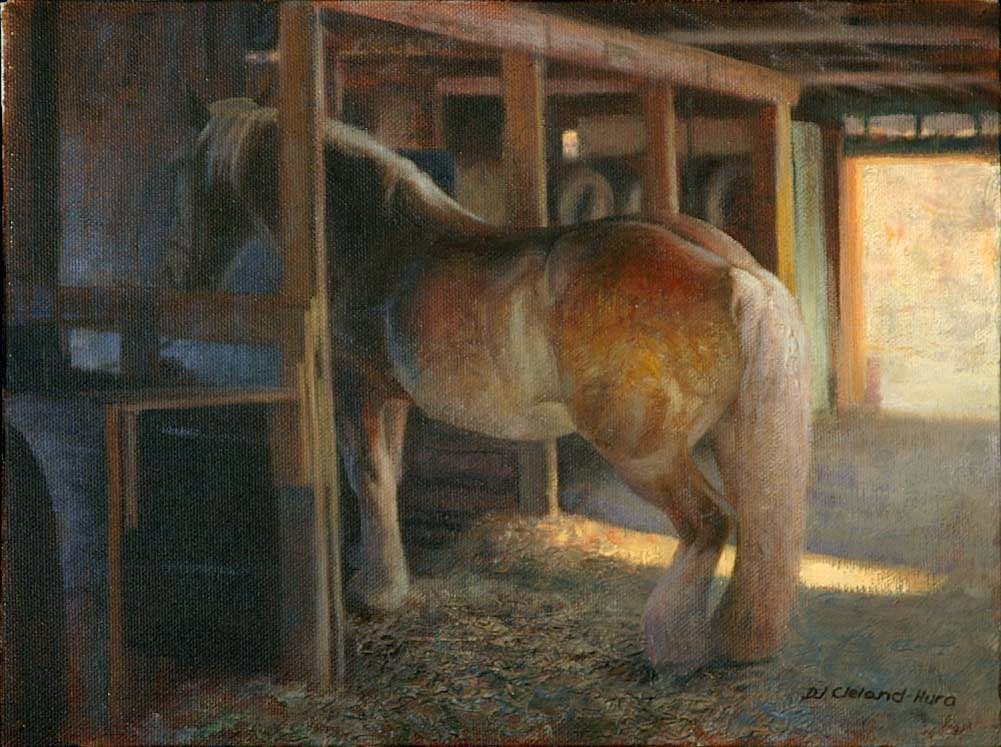
The ideas emerge quickly because they have probably incubated subconsciously for many years. I’m quite fond of a painting I did many years ago called “Grace in Flight” for its simplicity and quiet presence. I especially like the quick, vertical study I did for “Finding Nemo” that showed Nemo’s Father alone in the scary depths of the ocean.
Even though it was just a sketch, the emotion of the piece was strong and helped guide the visual direction of the film. To my great surprise, the painting was featured in “The Art of Finding Nemo” and was even exhibited in the MOMA.
DJ Cleland-Hura: I have been fortunate to mostly work with people I know well and have good relationships with. This helps me feel confident that the client wants my ideas and not someone else’s “style” per se. We always generate better ideas when we feel supported and where there is a healthy level of trust.
However, three factors help when working with clients. First, you must listen well and take good notes. They want your input and thoughts but never forget that it is their project, and your job is to help them figure out what they need. Secondly, set boundaries and establish expectations upfront. Decide how and when you will review your work and what degree of finish is required to share.
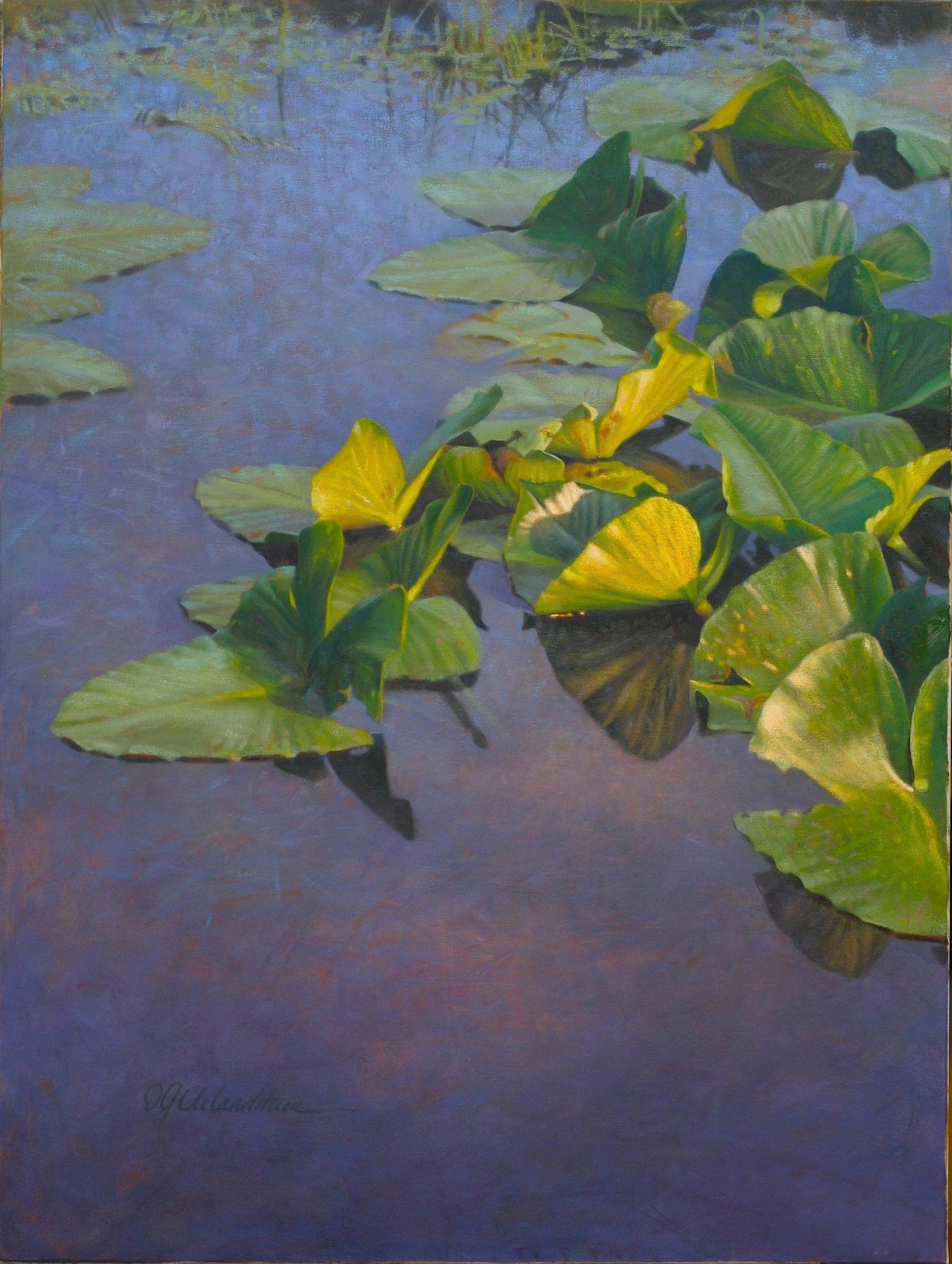
This will help you save time by not taking an idea too far, only to find out it won’t work for the client. Make it easy for them to work with you. And lastly, it is beneficial to have the ability to work in different styles fuelled by a broad spectrum of influences. The more diverse your skills and knowledge base are, the easier it will be to develop unique, original solutions that make you more valuable and successful.

DJ Cleland-Hura: Fully immerse yourself in solid, fundamental skills that allow you to effortlessly share your vision. Do not let poor skills hamper your ability to create and share your ideas. Do not be fooled into the commonly held belief that “artists” are a special breed with innate abilities or unique access to inspiration.
Like any other skilled worker, be it an athlete, musician, or doctor, we need to have a solid command of the basic skills required by our craft. I recommend becoming a generalist in terms of skill and a specialist in terms of vision. And finally, develop your ability to see. Your eye will be your greatest tool to make good decisions.
The best way to do this is to simply copy the work of masters. When you copy great work, you will begin to speak the same visual language that will allow you to converse on your own.